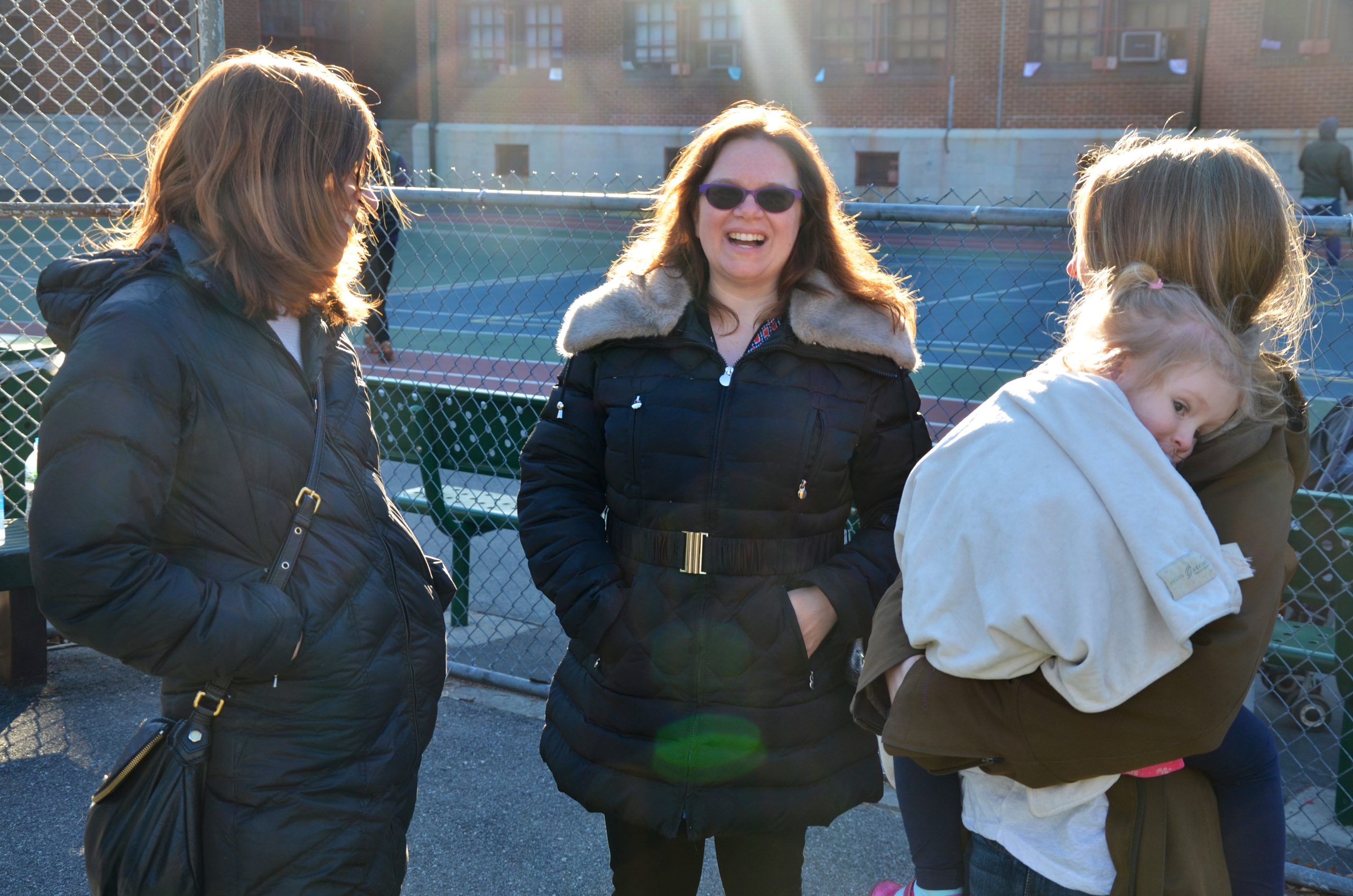
First and second generation immigrants from across Europe, Asia, and Africa make up 25% of the population of Helsinki. Paajanen and colleague’s spent 11 months observing two playgrounds and conducting interviews with mothers in two multi-ethnic neighborhoods in the Finnish capital. The research focused on how the interactions between mothers in these public playgrounds were shaped by their ethnic backgrounds.
Paanjanen and colleague’s core finding is that social norms both produce and maintain informal ethnic segregation. Finnish mothers were often regular visitors to playgrounds, having a set daily schedule for when they take their kids to the playground. They also expected their kids to play outside most days, no matter the season. Because Finnish mothers frequented the playground and understood these norms, they were more likely to know the “best” time to take their kids to the playground to meet up with other mothers.
Immigrant mothers, on the other hand, didn’t tend to value regular outdoor activity in the same way. Instead, immigrant mothers gave their children more agency with their daily activities. Families went to the playground when the children wanted to go. Immigrant mothers were also less likely to encourage their kids to play outside during the cold winter months, unlike Finnish mothers. These differences in norms and practice made social contact between mothers of different ethnic groups a rare occasion.Other factors came into play too. For example, Finnish mothers were more likely to form a small “nuclear group” with other Finnish mothers who also frequented the playground. Rarely did mothers make relationships or engage with other parents outside of these groups who they didn’t already know, these outsiders were more likely to be immigrant mothers. As one Finnish mother put it: “I rarely go to a playground and start to talk with someone completely unknown to me, whether a local Finn or someone with a foreign background.” Oftentimes mothers who didn’t know each other would avoid direct contact, even when in close proximity. As a result, immigrant mothers had little social interaction with fellow neighborhood moms.
The authors suggest that the social practices that occur on playgrounds are just one example of how everyday actions can regularly produce and reinforce ethnic segregation even when that isn’t the intention. It isn’t hard to imagine that fewer opportunities for social connection between Finnish and immigrant moms prevents familiarity, and even friendships, that could build opposition to the social inequalities and prejudices against migrants that persist in Finland.

Comments